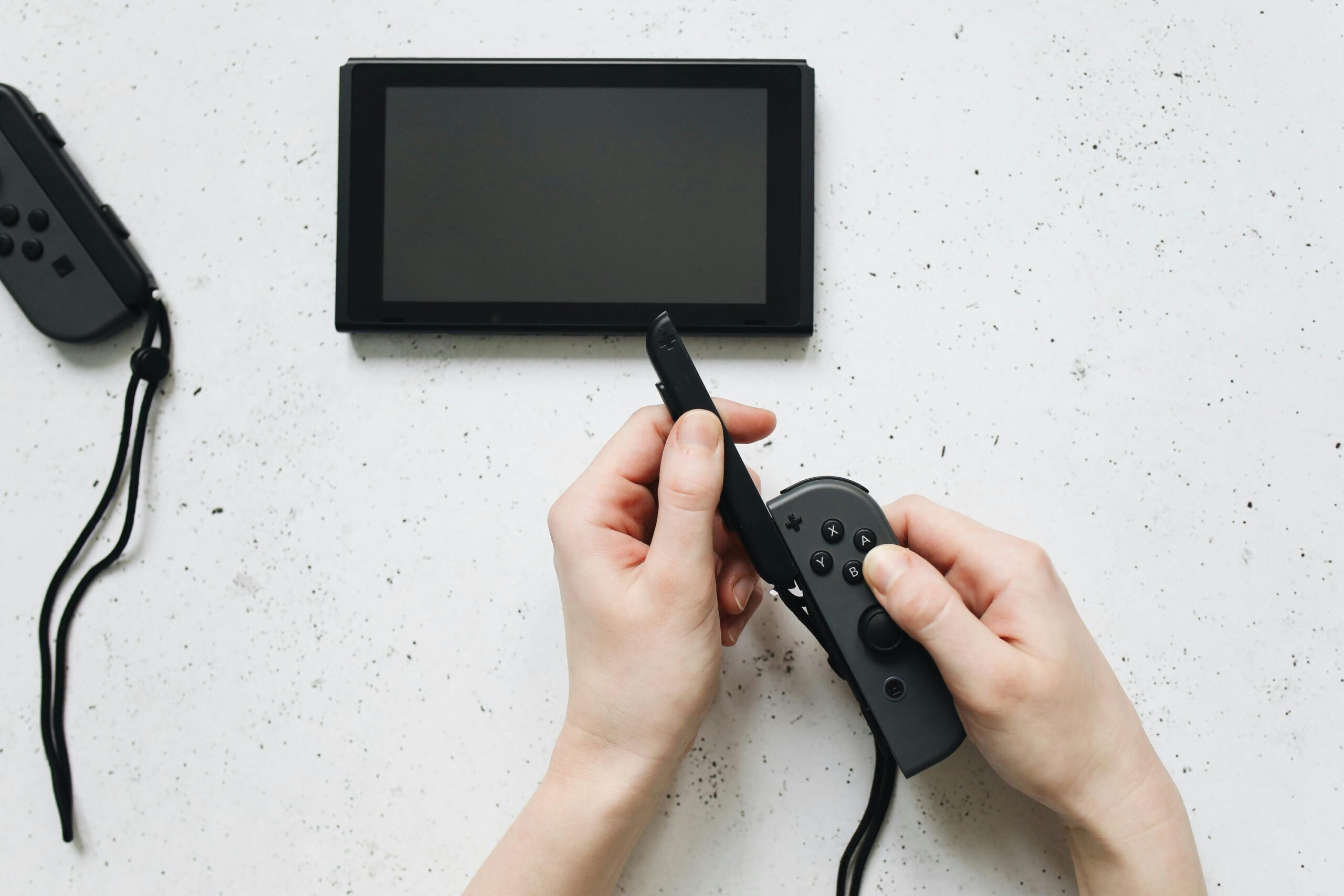
The Nintendo Switch 2 has arrived, offering the latest in gaming, but a new teardown reveals that repairing the console is more complicated than its predecessor. The detailed video shows the internal layout of the device and highlights several design decisions that impact repairability.
Repairability Ratings Reflect Design Changes
The original Nintendo Switch had a repairability score of 8 out of 10 when first reviewed, but updated standards in 2025 have lowered its rating to 4 out of 10. The Switch 2, meanwhile, earned a slightly lower score of 3 out of 10, indicating an increase in repair difficulty.
Key factors influencing this rating include the use of strong adhesive securing the battery, making removal difficult. Additionally, critical components like the flash storage module and USB-C ports are soldered directly to the motherboard, complicating replacements. Conversely, iFixit notes that some parts such as speakers, microphones, the headphone jack, and the microSD card reader remain easier to access and remove.
Persistent Joy-Con Issues and Hidden Screws
The teardown also reveals that the Switch 2’s Joy-Cons continue to use a potentiometer with a wiper sliding across resistive material—a mechanism known to wear down over time and cause “stick drift.” Dust and debris can exacerbate this problem, suggesting that Nintendo has not addressed a key issue that affected the original controllers, despite earlier apologies and repair programs.
Screws used in the device remain tri-point style, similar to previous Nintendo consoles, with some hidden beneath stickers that risk damage during disassembly.
As of now, Nintendo has not released repair manuals or spare parts for the Switch 2, much like the approach taken with the original Switch. This lack of resources makes DIY repairs difficult and leaves uncertainty about future support for self-repairs.
What The Author Thinks
Nintendo’s design choices for the Switch 2 suggest a prioritization of compactness and design over ease of repair. While technology trends push for sleeker devices, the increased difficulty in fixing key components like the battery and ports may frustrate users and third-party repair services. The ongoing stick drift problem in Joy-Cons remains a blemish on the console’s reputation, highlighting missed opportunities for improvement. Greater transparency and improved repairability would benefit both consumers and the company’s long-term goodwill.
Featured image credit: Polina Tankilevitch via Pexels
For more stories like it, click the +Follow button at the top of this page to follow us.
